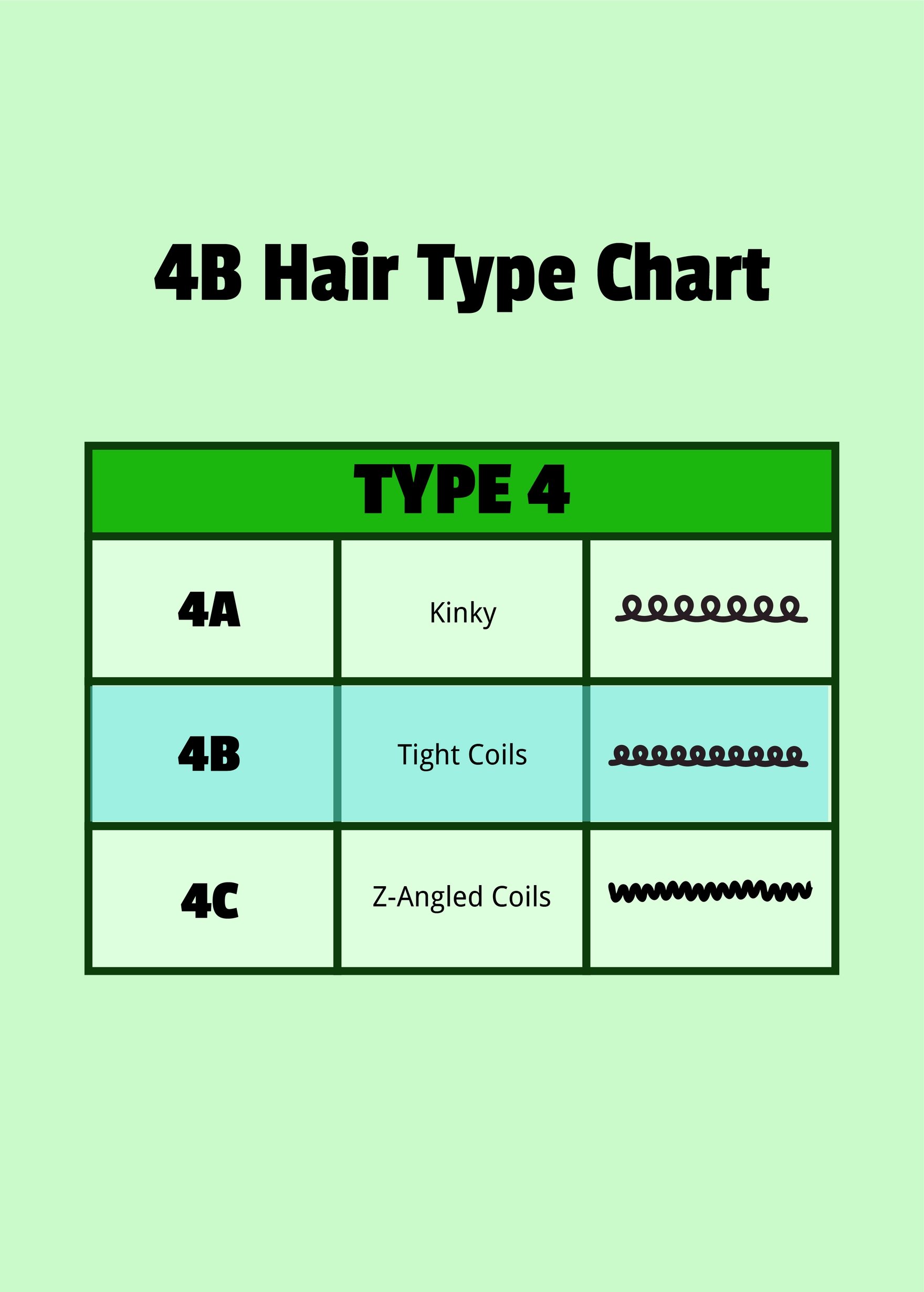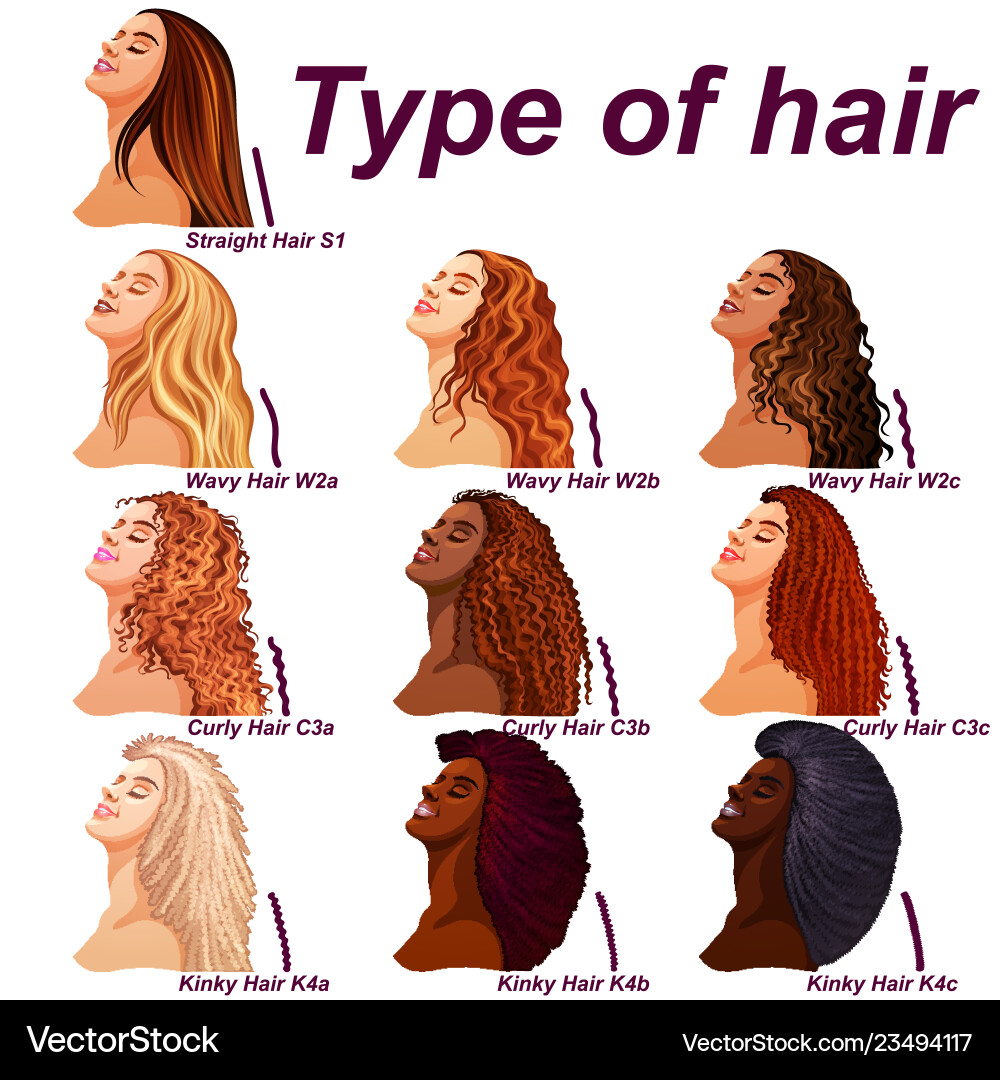Types of Hair: How to Style and Care for Your Hair Type
Table Of Content
- Dove Amplified Textures Define N’ Moisture Styling Gel
- Love Beauty and Planet Purposeful Hydration Shea Butter & Sandalwood Gentle Cleansing Conditioner
- The Hair Type Chart – Discover Your Hair Type
- Find the Best Treatment Product for Your Hair Type
- How Curls are Created
- Suave Professionals Almond + Shea Butter Shampoo

Both types can benefit from hydration and frizz-controlling products. To determine your curl type, observe your hair’s natural texture, examine the shape of your curls, and consider factors like humidity and product usage. Remember that most people have more than one type of pattern on their head so that you may have a combination of kinky, coily, wavy, and curly.
Dove Amplified Textures Define N’ Moisture Styling Gel
When it comes to color, Type 3 hair can be colored with a range of different shades, but it’s important to avoid over-processing the hair, as this can cause damage and breakage. Highlights or lowlights can be a great way to add dimension and depth to Type 3 hair without causing too much damage. When it comes to color, 2C hair can be colored with a range of different shades, but it’s important to avoid over-processing the hair, as this can cause damage and breakage. Highlights or lowlights can be a great way to add dimension and depth to 2C hair without causing too much damage.
Love Beauty and Planet Purposeful Hydration Shea Butter & Sandalwood Gentle Cleansing Conditioner
Look for texture sprays and light mousses to add volume and lift. High density hair can benefit from thicker creams and butters to add shine and control. From the roots to around eye level, your hair is fairly straight. And from eye level to the ends, you have a loose, undefined wave. Gentle shampoos, co-washing, leave-in conditioners, nourishing daily moisturizing butter, and super-hydrating, non-petrolatum hair oils are what to look out for. Overall, caring for Type 4C hair requires a gentle and consistent approach that emphasizes moisture, nourishment, and protection.
The 20 Best Curly Hair Products of 2024 - InStyle
The 20 Best Curly Hair Products of 2024.
Posted: Tue, 02 Apr 2024 07:00:00 GMT [source]
The Hair Type Chart – Discover Your Hair Type
Strands are thicker in diameter than a 2A, and you'll have to put a bit more elbow grease into getting it straight. People with all hair types can experience hair loss or thinning. Genetics plays the most significant role in hair loss, but other factors like stress, nutrition, medications, and hair care practices can play a role, too.
How to Find Your Scalp Type—and How to Care for It, According to Experts - Real Simple
How to Find Your Scalp Type—and How to Care for It, According to Experts.
Posted: Mon, 07 Nov 2022 08:00:00 GMT [source]
This styling method should be done more frequently to keep this coily texture soft and pliable. Coily hair, commonly referred to as Afro-textured or kinky hair, is naturally very dry and spongy in texture and can be soft and fine or coarse and wiry. Strands form very tight, small curls of zig-zags right from the scalp and are prone to major shrinkage.
Find the Best Treatment Product for Your Hair Type
They can examine your scalp, discuss your concerns, and recommend the most effective treatment plan to address your concerns. The most popular was developed in the 1990s by celebrity hairstylist Andre Walker. That said, several manufacturers have created product guides based on the very well-known Andre Walker Hair Typing System to recommend their products on a personalized basis. Type 3C was created after Andre Walker released his hair typing system by a community member at NaturallyCurly.com. Layer with an airy hair milk like milk_shake Incredible Milk for more shine, strength, and moisture without weighing curls down.
Check Out CR's Evaluation of the Best Curling Irons.
We may earn commission from links on this page, but we only recommend products we love. Here’s everything you need to know to recreate this gorgeous style at home. More than 60 percent of the women who participated in the study wore their hair in a chemically relaxed style. A 2013 study found that the desire to maintain a hairstyle prevents around 40 percent of African American women from exercising regularly. Gently detangle with your fingertips, using liberal amounts of leave-in conditioner to moisturize and condition. That hair loss happens because the weight of the ponytail pulls against the front of the hair for prolonged periods.
How Curls are Created
Remember that type 1 hair will dry to the same straight finish whether you air dry or blow dry it. Since blow-drying too often or with too much heat can damage your hair, it’s best to air dry whenever possible. Before you find your hair type in the chart below, you’ll need to determine if your hair is fine, medium, or coarse in texture and circumference.
It’s not always easy to determine your own hair type, even with the best descriptors. Many types overlap and have similar characteristics, making it a challenge to assign your locks to one category. That’s why we created a simple chart that will lead you to your official hair type without the confusion. If you still confused, here is how to tell just by looking at it. The best way to tell your curl pattern is by wetting your hair first. You make look like a 4c when you hair is dry, but really be a 4a because the hair can change in appearance when it is wet.
Hardges recommends the LOC (leave-in, oil, cream) method to really lock in the moisture your hair needs. As for styling, she loves Uncle Funky’s Daughter Curly Magic Curl Stimulator, an aloe-based, firm-hold curl-enhancing gel. It’s likely that with 3C curls, you may have a few textures going on—some might be a corkscrew and some might zigzag tightly. Either way, your natural textures tends to be coarse, says Kimble. Always handle gently, and make sure to detangle using a leave-in conditioner and a wide-tooth comb. Hardges’s go-to products are the Jane Carter Solution Revitalizing Leave-In Conditioner and Kemi Oyl All Natural Hair Oil to assist your hair in retaining its moisture.

Stephen, who has worked with A-listers like Rihanna, Zendaya, Laverne Cox, and more, recommends lighter product usage for those with type 1 hair. The 4 types of hair are type 1 (straight), type 2 (wavy), type 3 (curly) and type 4 (tight curly). Your specific type of hair will depend on your genetics, with straight being the most common type globally. Since curly hair can range from fine to coarse, your product needs will depend on your subtype. Use it in damp or dry hair for more shine and sleekness that isn’t oily or greasy.
Within each type are subtypes a, b, and c which further characterize the degree of curl. For example, a 3a curl pattern has well-defined, springy curls in an s-shaped pattern, while a 3c curl pattern are dense, volume-packed ringlets. Type 2 curls, or waves, range from loose loops (2A) to defined S-shaped curls (2C). Type 3 curls are more spiral-shaped, ranging from loose, large loops (3A) to tightly coiled, springy curls (3C).
Comments
Post a Comment